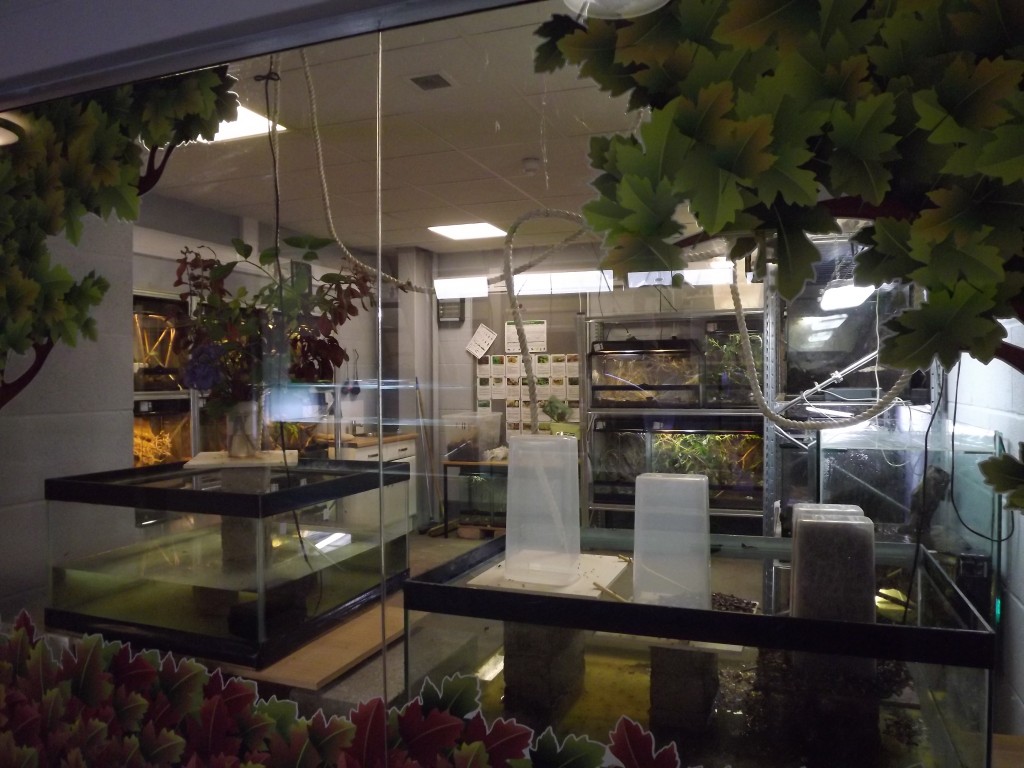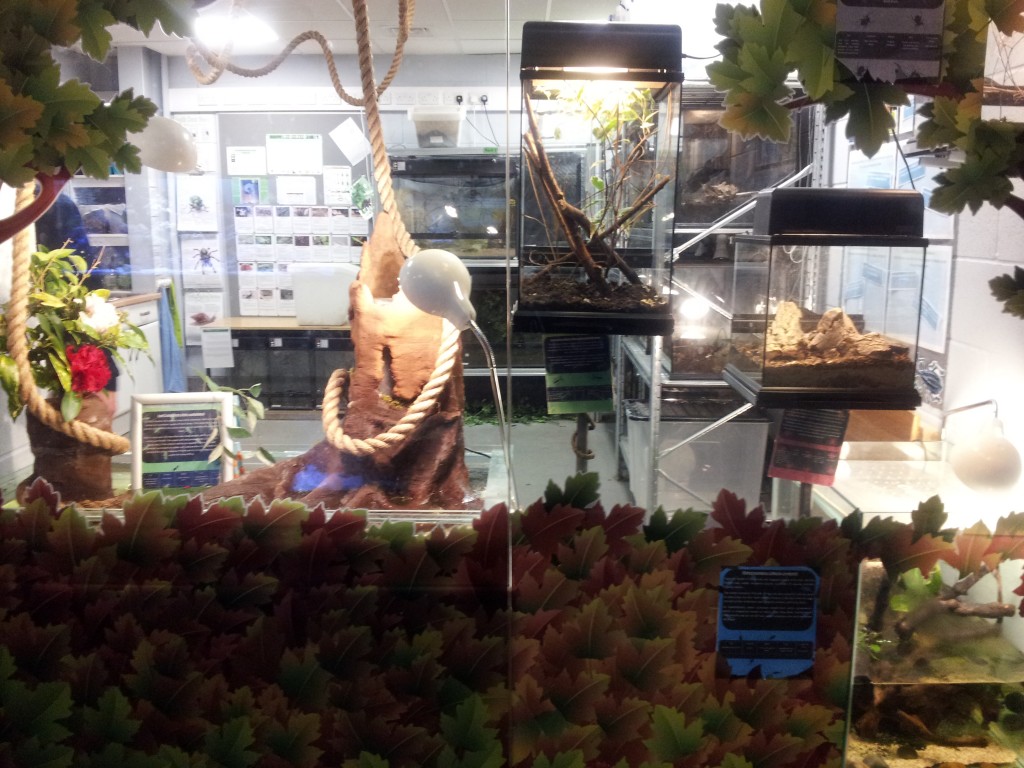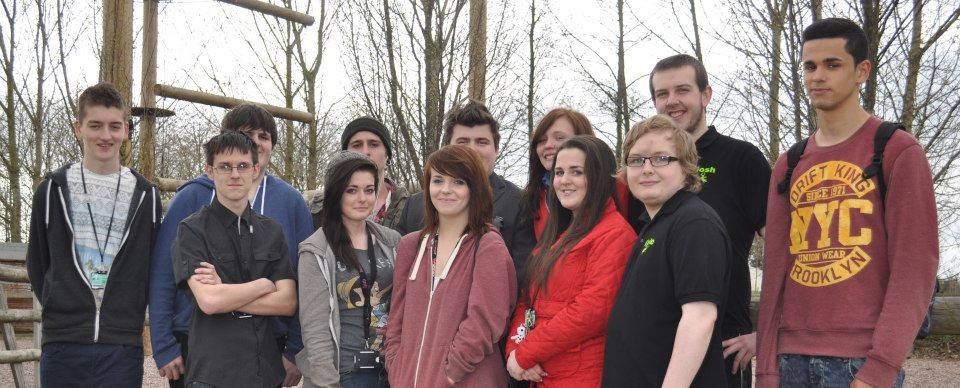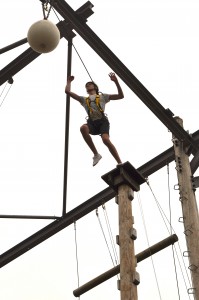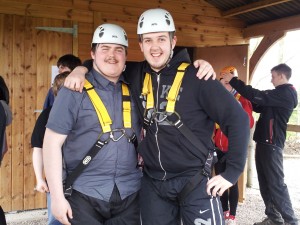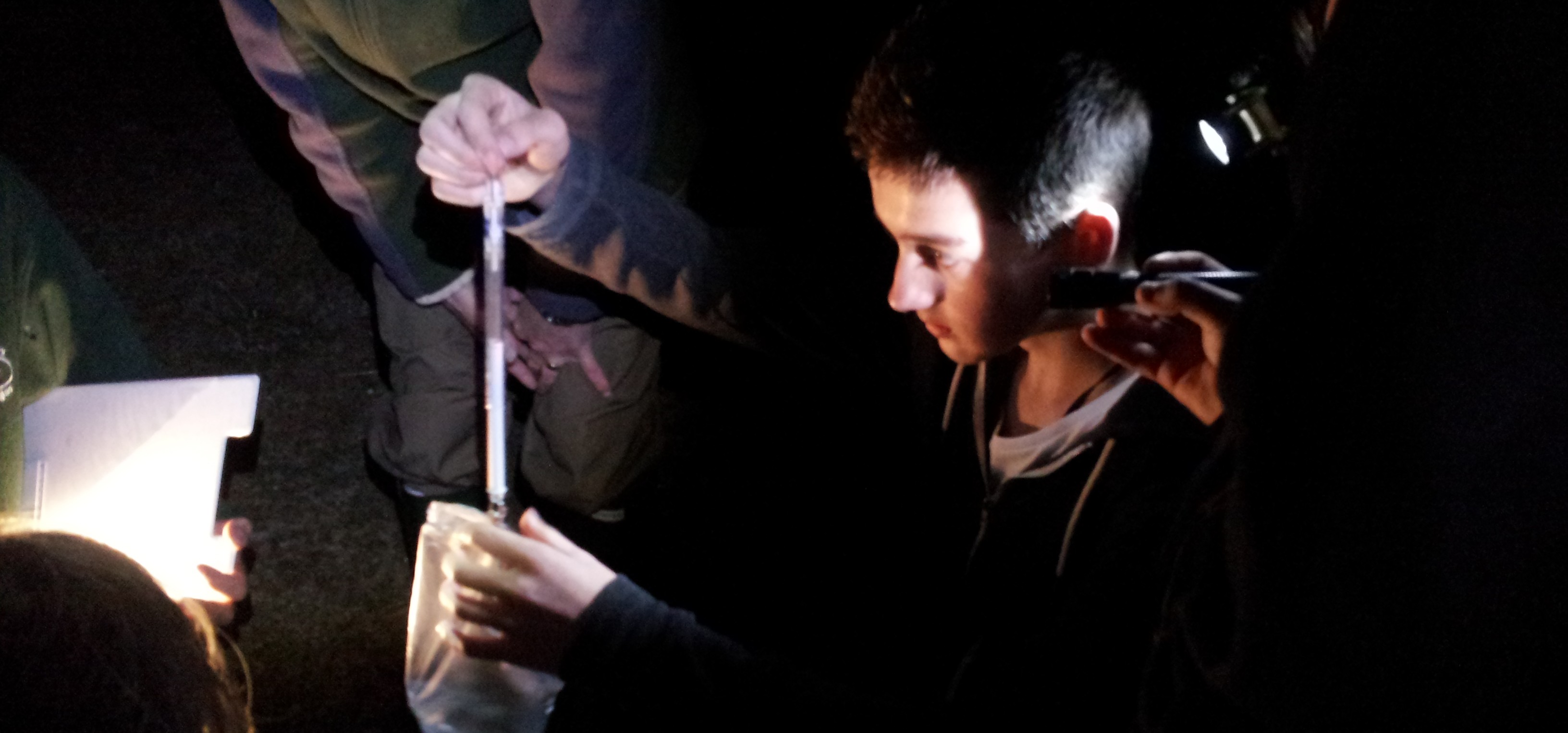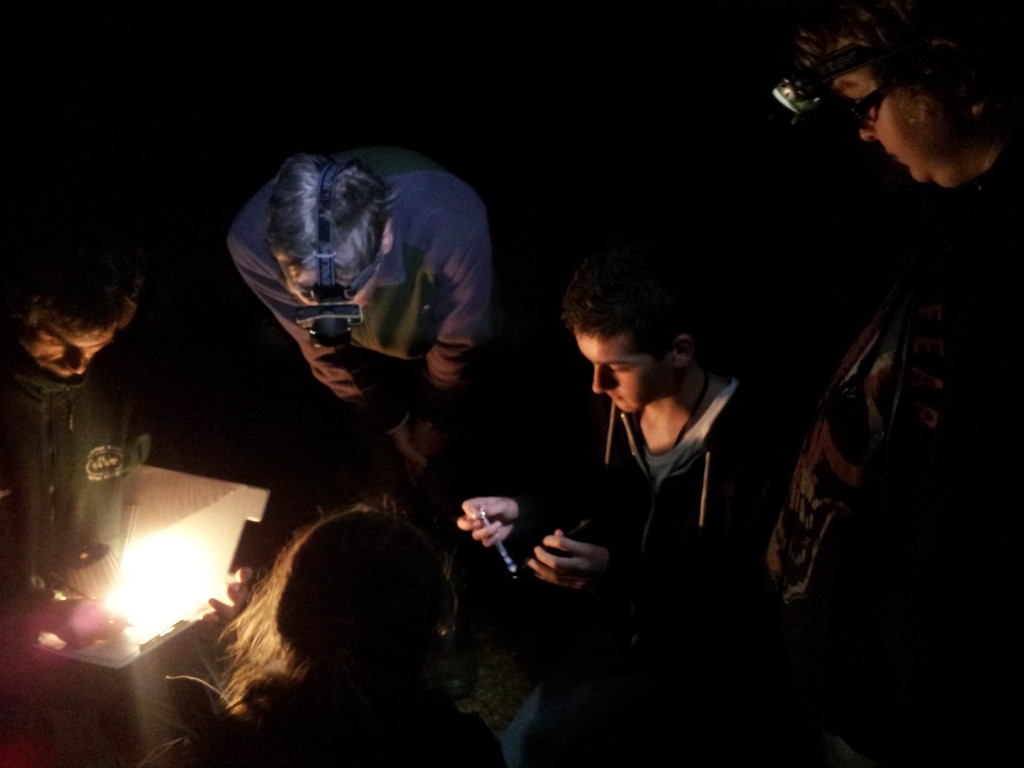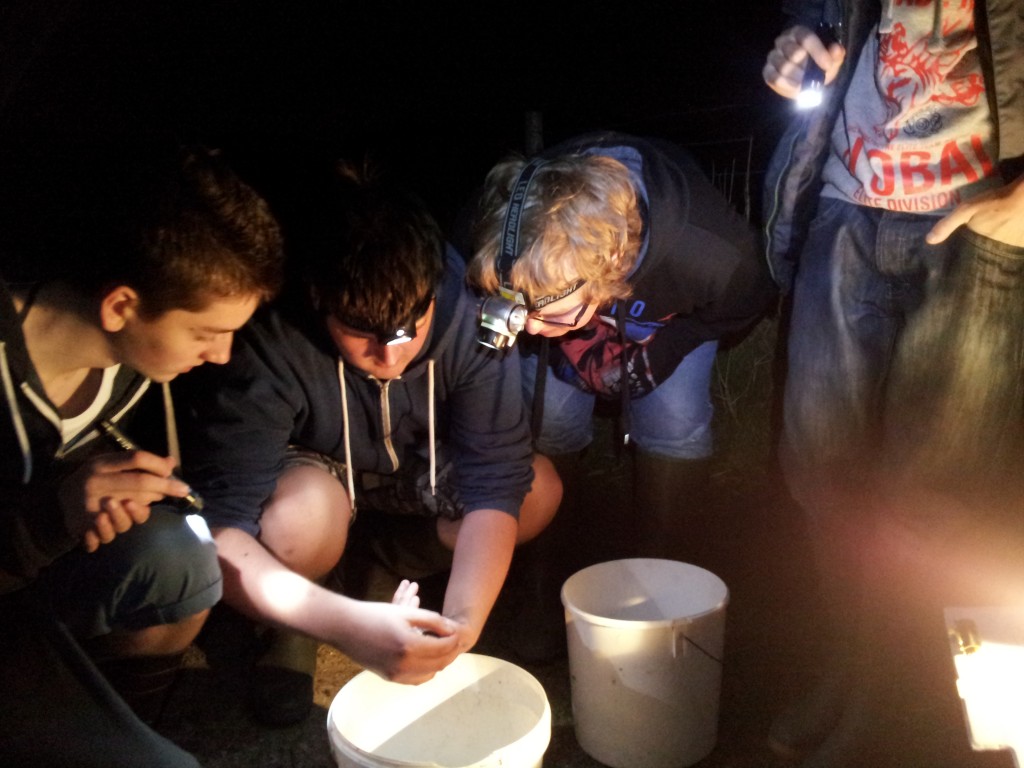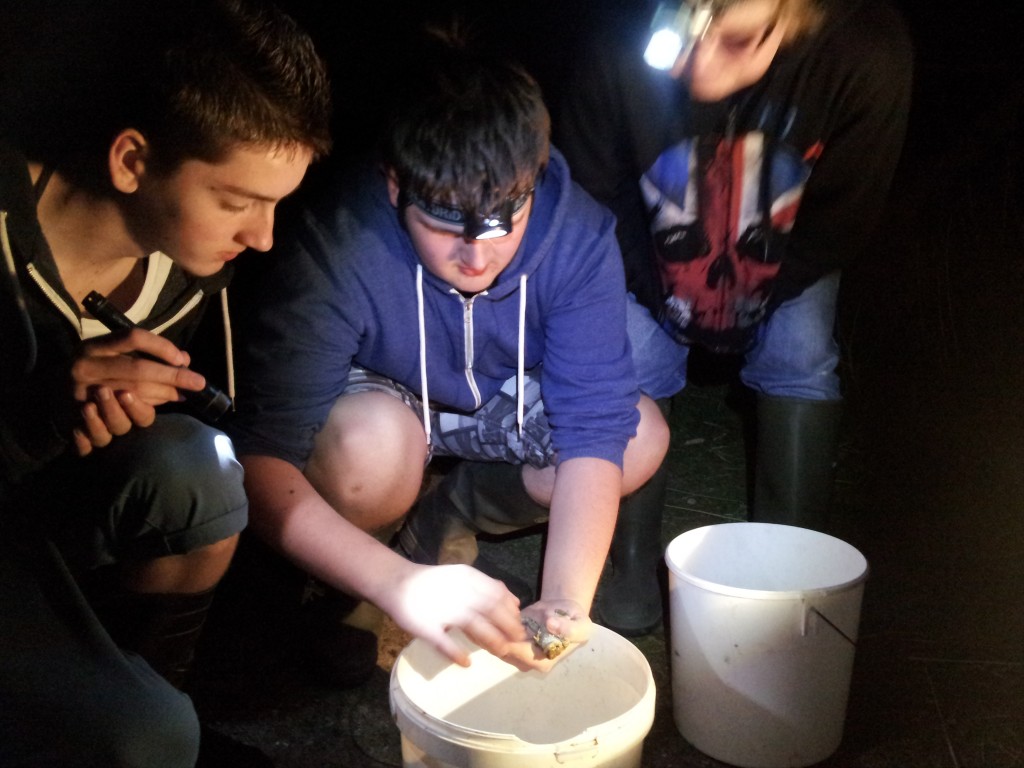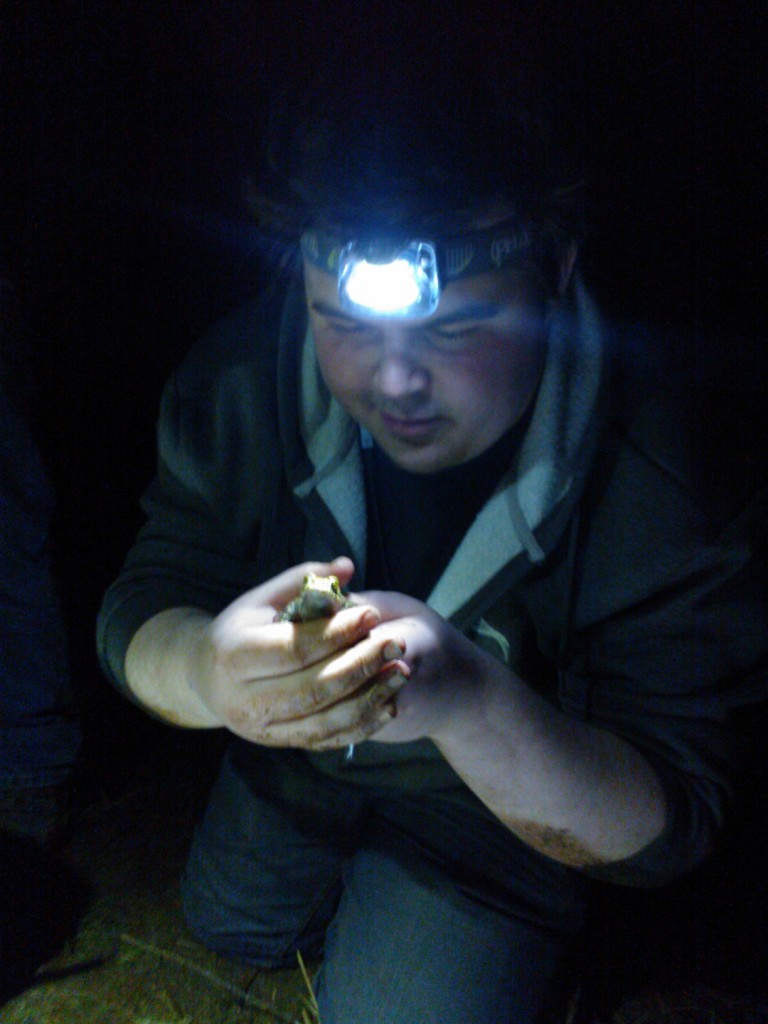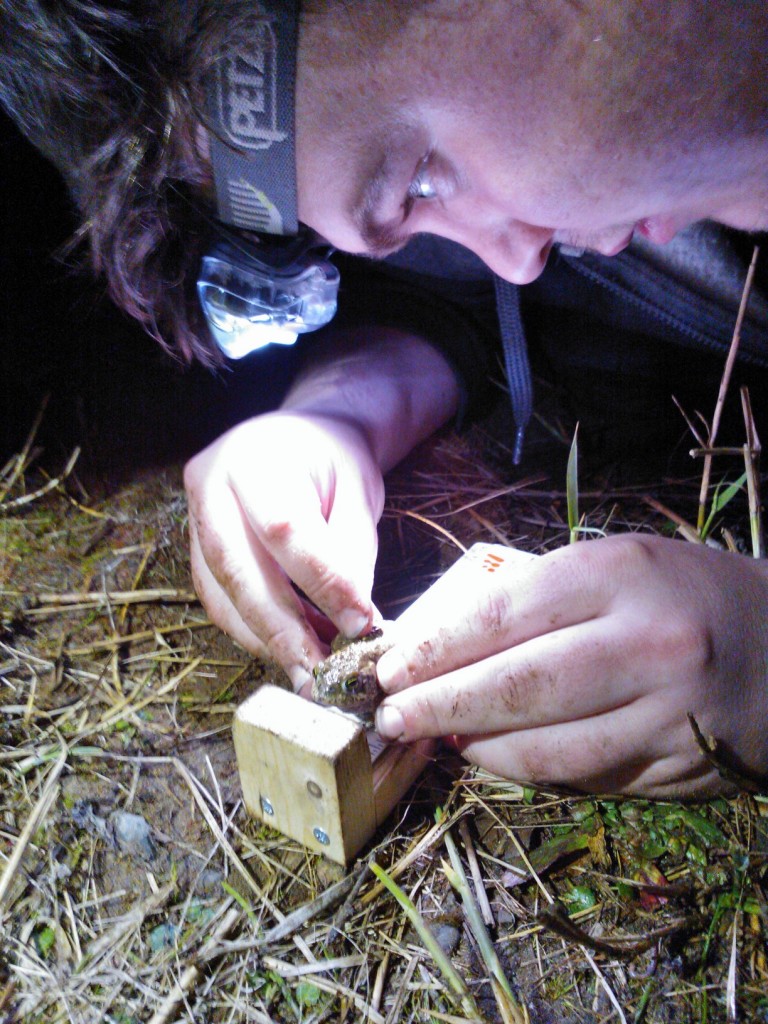Former animal management students Luke Harding and Simon Maddock described their adventures with some of the world’s rarest reptiles and amphibians during a talk to Reaseheath’s Herpetological and Entomological Society (RHES) yesterday.
Both Luke, 25, and Simon, 24, have gone on to become specialist herpetologists since completing their Level 3 Diploma in Animal Management in 2007. They have remained close friends since their schooldays and regularly share and discuss their research findings.
Luke has just returned from the Caribbean where he has been involved in a project to reinstate an endangered species of frog to the islands of Montserrat and Dominica. Called the ‘Mountain Chicken’, the frog used to be Dominica’s national dish and gets its name because it tastes like chicken.
The frog population on both islands has been drastically hit by disease, illegal hunting and habitat loss. Scientists are desperately trying to save the species through a captive breeding programme and by raising its profile among the local population. Alongside working closely with London Zoo, which has a captive breeding facility, one of Luke’s key tasks was to help run Dominica’s first highly successful Mountain Chicken Day last September.
As well as describing his Caribbean adventures, Luke also talked about his part in a research project on Komodo dragons in Indonesia…and how he got to follow his dream.
On leaving Reaseheath, Luke began a degree in zoo biology at Nottingham Trent University but left after he was offered an internship at Chester Zoo. He completed his degree later via the Open University. Following his internship he worked as a herpetologist for Marwell Wildlife in Hampshire and then at Colchester Zoo, where he became Deputy Head of the herpetological department. He then transferred full time onto the mountain chicken project.
An equally well travelled Simon outlined his involvement in active research projects in India, Ecuador Papua New Guinea and the Seychelles. He is currently based at the Natural History Museum in London, where he is researching for a joint PhD on the evolution and conservation of amphibians and snakes in the Seychelles in collaboration with the University College London.
Simon says that his Reaseheath experience prepared him well for his academic career. He gained a degree and Masters degree in zoology at Bangor University before moving on to study for his doctorate.
Both former students took part in a lively Q and A session after their talk. Luke said: “It’s great to be back here. Reaseheath has always been a fantastic institution with great staff but it’s been good to catch up with all the new, top end facilities. Hopefully we’ve shown the current students what they can achieve through hard work, determination and drive.
Advised Simon: “It’s really important that you attend events, gain contacts and keep networking. There are loads of opportunities out there but they won’t just be handed to you.”
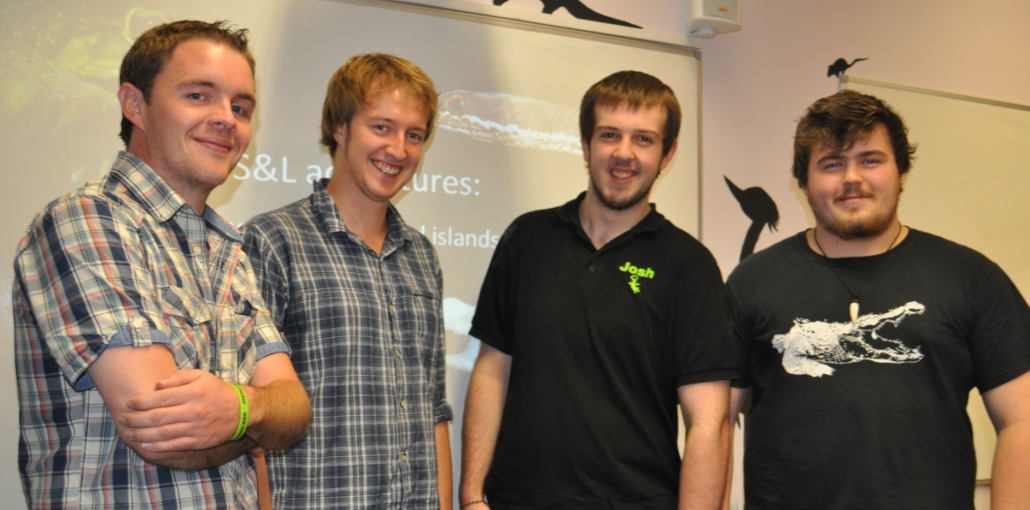
Luke Harding and Simon Maddock with Josh Flood and Nathan Brookes-Bennett, chairs RHES

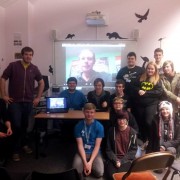
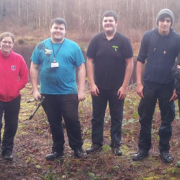
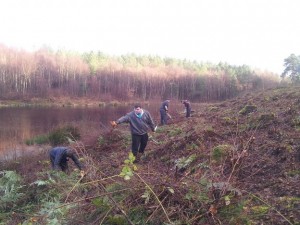
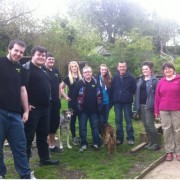
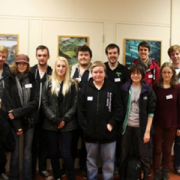
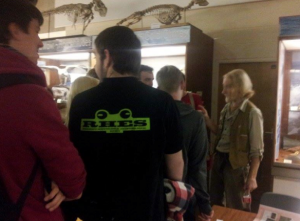
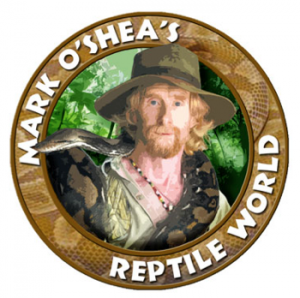 All of our members picked up important information throughout the day. Talks from various professionals including Tom White’s: Detecting venom toxin variation in the Taiwanese bamboo viper (Trimeresurus stejnegri), David Warrell: Are we any better at preventing bites and stings? and Wolfgang Wüster’s talk on Cryptic Diversity in the African forest cobra (Naja melanoluca), were particularly inspiring. Bangor University also opened up their museum for refreshments, this gave RHES an opportunity to peruse thousands of specimens.
All of our members picked up important information throughout the day. Talks from various professionals including Tom White’s: Detecting venom toxin variation in the Taiwanese bamboo viper (Trimeresurus stejnegri), David Warrell: Are we any better at preventing bites and stings? and Wolfgang Wüster’s talk on Cryptic Diversity in the African forest cobra (Naja melanoluca), were particularly inspiring. Bangor University also opened up their museum for refreshments, this gave RHES an opportunity to peruse thousands of specimens.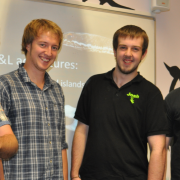

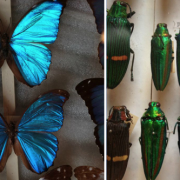
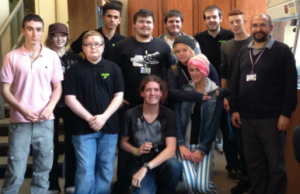 Once behind the scenes in the museum’s archives, Dmitri introduced RHES members to a number of glass cases containing a wide variety of preserved specimens including; beetles, butterflies and earwigs. He went on to walk them through the methods of cataloguing and classifying specimens within a collection.
Once behind the scenes in the museum’s archives, Dmitri introduced RHES members to a number of glass cases containing a wide variety of preserved specimens including; beetles, butterflies and earwigs. He went on to walk them through the methods of cataloguing and classifying specimens within a collection.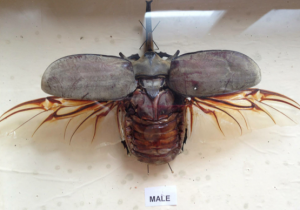 Later on in the evening RHES attended the monthly meeting of the Manchester Invertebrate and Spider Club or M.I.S.C, who are a society dedicated to the keeping, breeding and proper welfare of exotic invertebrates with a heavy focus on tarantulas.
Later on in the evening RHES attended the monthly meeting of the Manchester Invertebrate and Spider Club or M.I.S.C, who are a society dedicated to the keeping, breeding and proper welfare of exotic invertebrates with a heavy focus on tarantulas.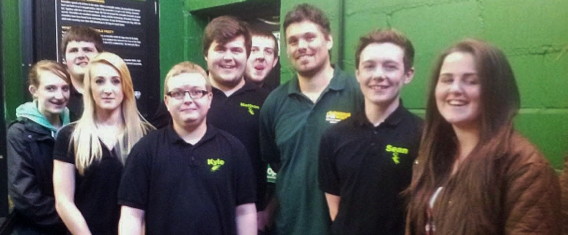
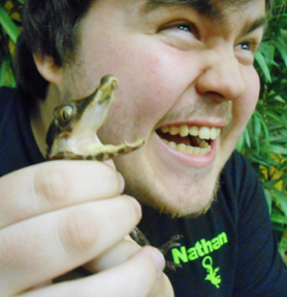 Crocodiles of the World is the first and only crocodile zoo in the UK and exhibits 13 of the 23 species of crocodilian, including the critically endangered Siamese Crocodile (Crocodylus siamensis) and Chinese Alligator (Alligator sinensis.) It is also one of the few establishments in the world to exhibit all 8 species of Alligatorid. The main goals of Crocodiles of the World is to educate the public about crocodilians and their conservation and to one day exhibit all 23 species of crocodilian.
Crocodiles of the World is the first and only crocodile zoo in the UK and exhibits 13 of the 23 species of crocodilian, including the critically endangered Siamese Crocodile (Crocodylus siamensis) and Chinese Alligator (Alligator sinensis.) It is also one of the few establishments in the world to exhibit all 8 species of Alligatorid. The main goals of Crocodiles of the World is to educate the public about crocodilians and their conservation and to one day exhibit all 23 species of crocodilian.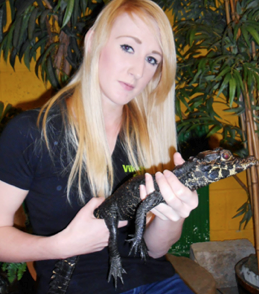
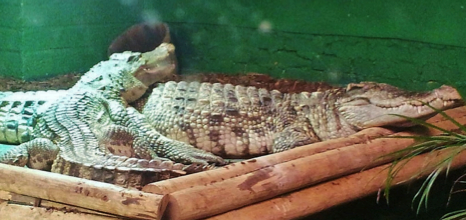
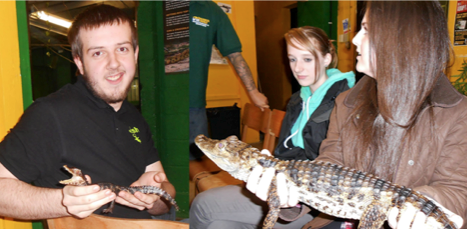
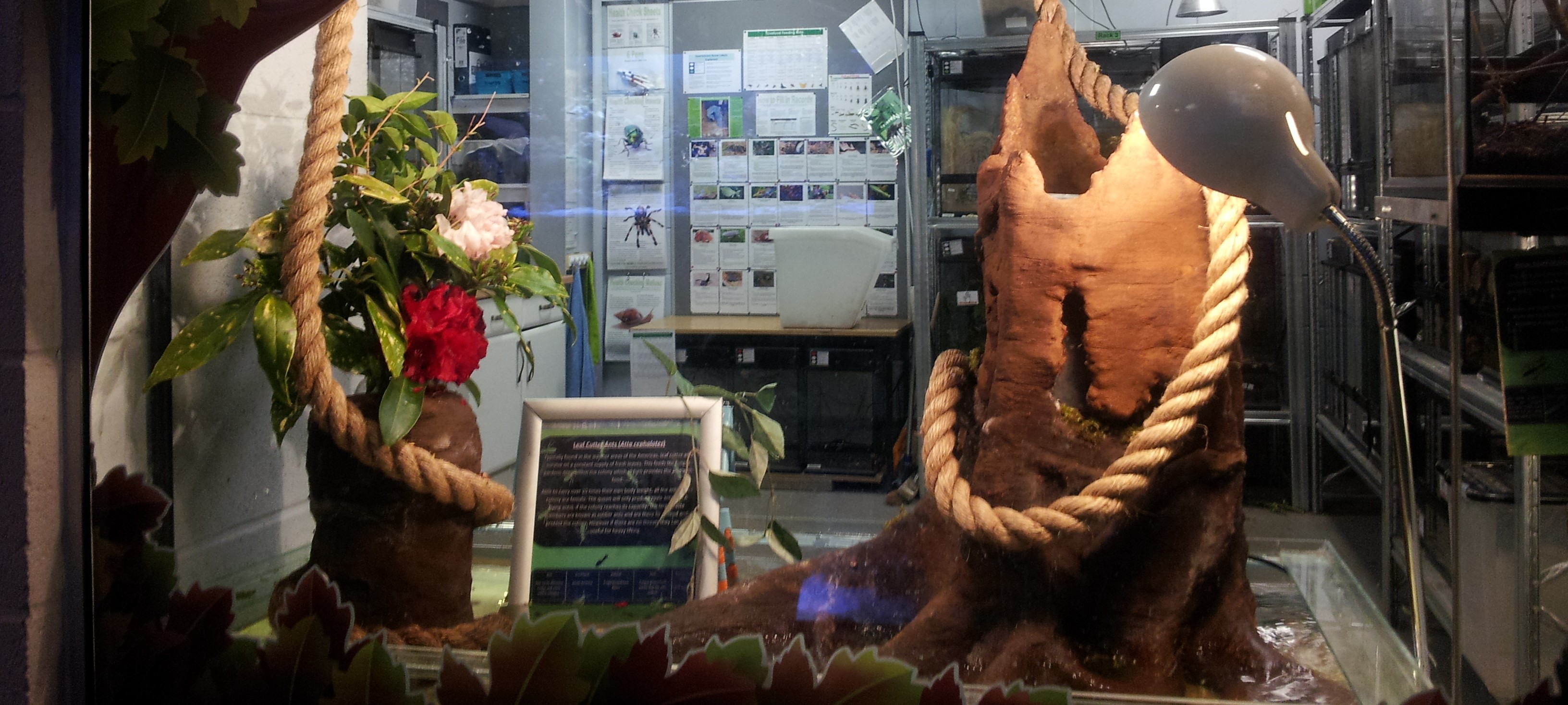
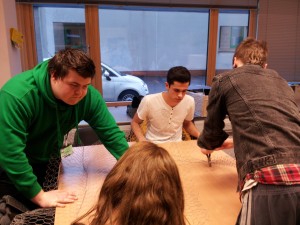
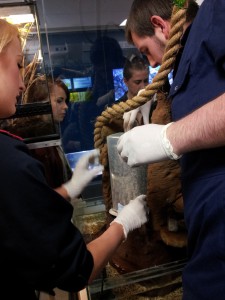 We discovered through this project that student Elliot White, member of RHES is incredibly talented when it came to art and design. The buttress that he shaped at home in his own time is the one that currently houses the fungus gardens for the ants. RHES also visited London Zoo to speak to invertebrate keeper Jeff Lambert about key issues when working with Leaf Cutter Ants, this assisted them with their design.
We discovered through this project that student Elliot White, member of RHES is incredibly talented when it came to art and design. The buttress that he shaped at home in his own time is the one that currently houses the fungus gardens for the ants. RHES also visited London Zoo to speak to invertebrate keeper Jeff Lambert about key issues when working with Leaf Cutter Ants, this assisted them with their design.